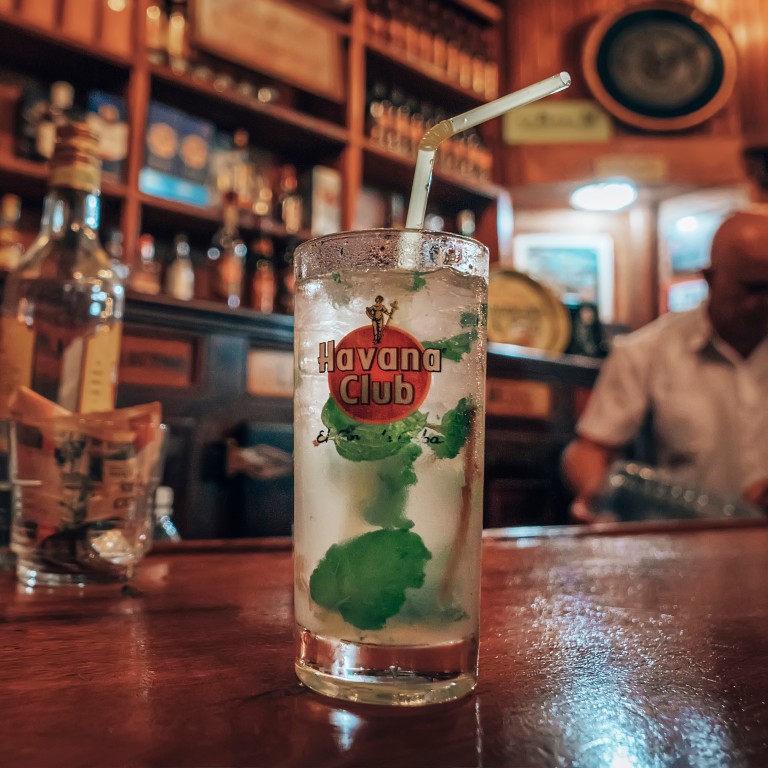
From China’s baijiu to Scottish whisky – a destination’s signature drink can distill sublime holiday memories
- Whether it’s a mojito in an Old Havana bar or sipping one of Islay’s single malts, a local tipple can secure a place in our hearts
- But what tastes great on a getaway can quickly sour once its carefree connotations are removed
For me, one of the most enjoyable aspects of visiting a different place, usually, is sampling the local booze. Drink is a subject I write on, so the main purpose of much of my travel has been to learn about the wines, spirits and occasionally beers of a particular destination. I do travel for other reasons, of course, but either way local liquor generally helps to lubricate the trip.
I didn’t go to Cuba specifically for the rum, but soon found that nothing sets you up for a day wandering around Old Havana like a midmorning mojito at La Bodeguita del Medio, a scruffy hole in the wall which many years ago may or may not have been a favourite haunt of Ernest Hemingway.
Nearby, the smarter but equally venerable El Floridita, which specialises in daiquiris, also stakes a claim to having enjoyed Hemingway’s patronage. Their versions of the drink taste nothing like the surprisingly dry concoction “Papa” is thought to have preferred, but they pack a hefty punch, and you can bend an elbow at the bar right alongside a life-size statue of the great man doing the same. Of such kitsch are memories made.
A sip of either a mojito or a daiquiri can still transport me straight back to Havana in February 2008, when (coincidentally to my visit, I imagine) Fidel Castro stepped down as president. But the truth is I seldom order either. They were a perfect complement to the place and time but, out of context, neither tastes half as good.
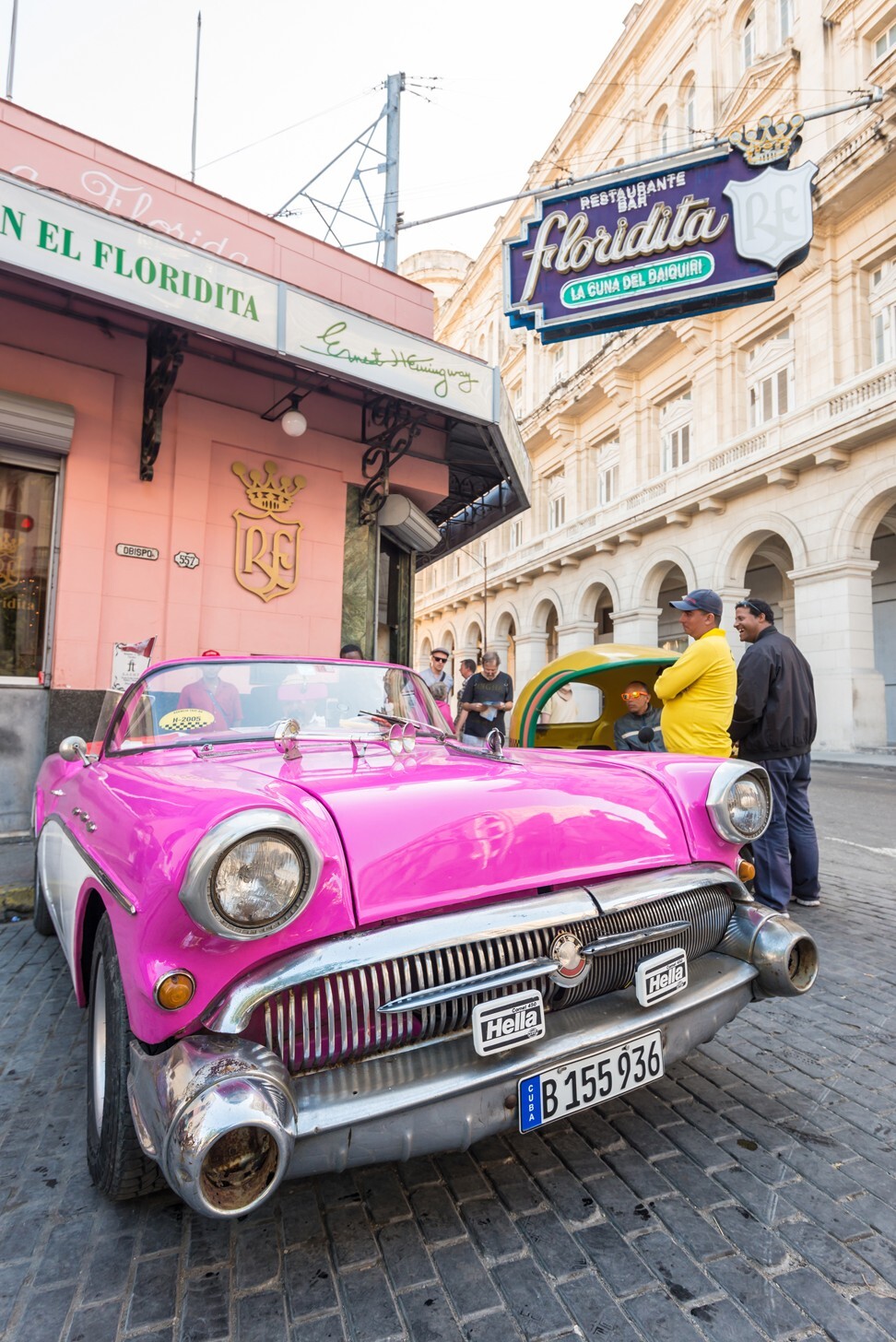
I have found this to be true of the signature drinks of many places. During an enjoyable week in Greece, I slipped comfortably into the habit of ordering ouzo as an aperitif on the “When in Rome” principle – although in this case I was in Athens, and I’ve never much cared for anise-flavoured drinks. But the taste seemed to match the setting, although the dalliance was brief. Killing time at Athens airport, I picked up a bottle of ouzo and 15 years later, here it still is, unopened. The layer of dust lends it character.
Another anise drink which tastes good only in specific surroundings is pastis, which I’ve enjoyed in many French cafes and brasseries. Again, you can bring a bottle home but its happy Gallic connotations won’t travel with it. Instead, I usually return from France with calvados, which tastes good anywhere on the planet and is hard to find in Hong Kong bottle shops.
British draught bitter doesn’t travel well, either, although that’s at least partly for reasons of chemistry. It’s surprisingly volatile stuff, and I have heard it persuasively argued that to enjoy it at its absolute best, straight from the barrel, you need to go to a pub within 10 miles (16km) of the brewery that makes it.
I’m quite glad of that. Cellar temperature cask ale is one of the vanishingly small number of things I still enjoy when visiting England, and that’s partly because I know I can’t get it anywhere else. From a Hong Kong bar tap it’s invariably a mistake and, given the healthy local microbrewery scene here now, who needs it?
Stout travels better, but Guinness still tastes best in Dublin. And now that Tsingtao is brewed all over the place, you probably need to visit (as I have) the Qingdao Brewery to be sure of tasting the Laoshan mineral water original.
Wine is a more complex issue. Souvenir bottles may taste almost as good as they did on location – particularly if you already liked the wines of the region before you visited – but the occasional disappointment is inevitable.
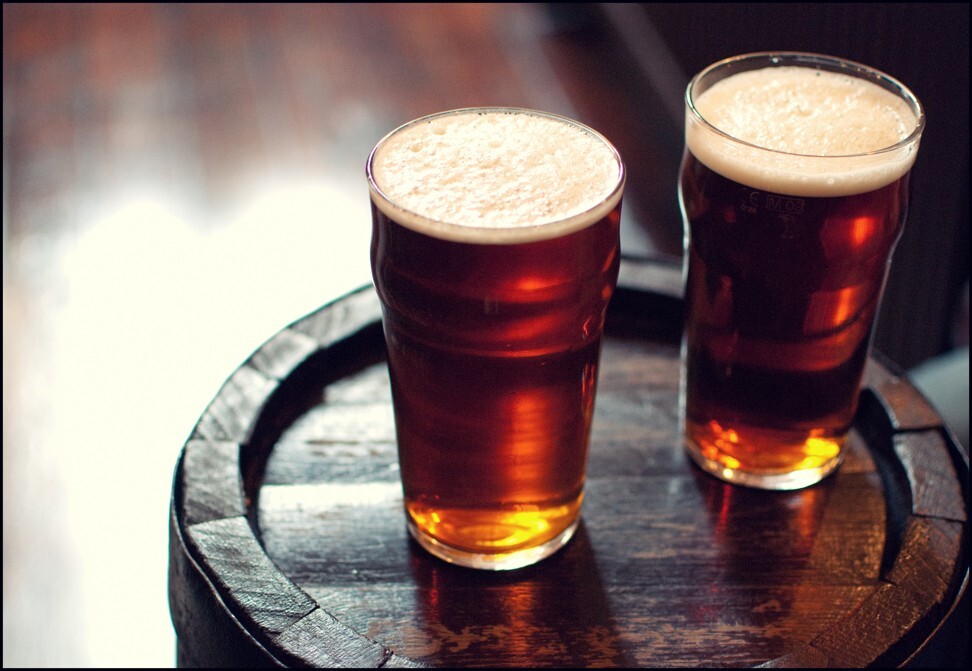
A few years ago, I spent an idyllic few days travelling in Switzerland. While there, I thought I had learned to love the local Chasselas whites. Clean, refreshing and just right to wash down raclette while enjoying a view of the lakes and mountains. Trying them again in Hong Kong, I discovered that it wasn’t really the wines I had fallen for.
I’m told they have improved greatly in recent years. However, as the country exports only about 2 per cent of its limited production, you still have to go there to really enjoy them.
Conversely, I am glad to have come back to Hong Kong weighed down with liquid luggage from most of Australia’s major wine regions, California’s Napa and Sonoma Valleys, Champagne, Bordeaux, Rioja and the Douro. In some cases I have been able to enjoy those bottles, and pleasant memories of where I bought them, years after the trip.
It is worth remembering, though, that if you are planning to carry wines home, to buy selectively, and pay for the best you can afford. Once home, opening a simple table wine from a picturesque vineyard will probably not take you back to the sunny afternoon you spent there, where and when it almost certainly tasted vastly better.

A seriously good bottle, ideally with the potential to develop further in proper storage, will be far more enjoyable at a later date – assuming that you remember to wrap it in something shock resistant. You do not want Barolo dribbling from your suitcase or broken glass mixed in with your wine-stained laundry. Trust me on this.
Many of the great wines and spirits of the world can be enjoyed without the drinker ever having been anywhere near a vineyard or distillery, but I think those who have made a pilgrimage or two enjoy what they subsequently sip just a little more for the experience.
My interest in champagne began as a student, with a tour of the Mumm champagne cellars in Reims, and has been sustained since by visits to Veuve Clicquot, Perrier Jouet and Dom Perignon, among others. The Champagne region is an easy day trip from Paris, and anyone who loves bubbles should make the excursion.
It’s a longer journey to the town of Cognac, but a worthwhile one if you want to gain some insight into the long traditions and sheer complexity of making and blending its eponymous spirit. Some of the eaux-de-vie in the historic cellars of Martell and Hennessy are more than 200 years old. Both houses organise excellent cellar tours, with tastings – albeit of somewhat younger cognacs.

The global boom in Scotch single malt whisky sales has positioned Scotland’s distilleries among the country’s most potent visitor attractions, and of the ones I’ve visited, The Macallan, Glenmorangie, Glenlivet and Balvenie distilleries were particularly revealing.
I also gained a much deeper appreciation of the phenolic charms of Islay’s single malt whiskies while visiting the island. Islay whiskies such as Ardbeg, Bowmore, Caol Ila and Laphroaig taste of the Atlantic salt-winds that batter the land. Just stand by the heather, on the edge of a peat bog, and inhale. You will immediately understand the spirits of the place on an entirely different level.
On the other hand, there are spirits that you don’t want to understand, or even to establish a nodding acquaintance with. For me they include cream liqueurs, the great majority of flavoured vodkas and quite possibly all baijiu.
Drinking the latter in China, always as a matter of politeness, has given me some of the worst hangovers of my life. It has been well said that Maotai is an acquired taste; it is therefore not one that anybody should be obliged to acquire.
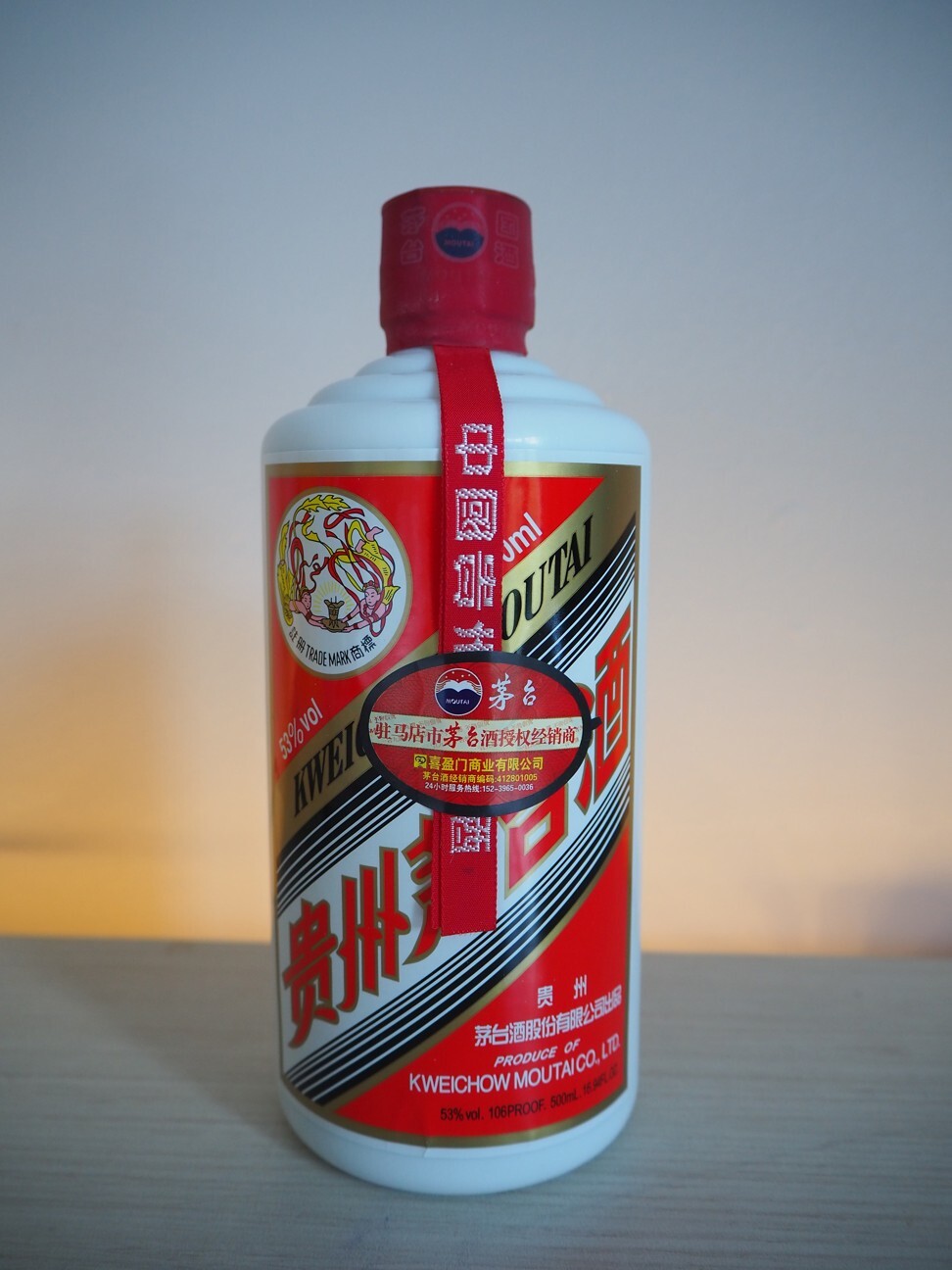
Also in that category is Pacific Islands kava, to which I reluctantly accepted an introduction in Fiji by participating in traditional ceremonies involved in preparing it. Although not actually alcoholic, kava has a sedative effect – and the capability to cause liver damage. It also tastes like mud, which is at least an excuse for a bottle of the much more palatable Fiji Gold beer to wash away the taste.
I would have enjoyed Fiji more without the kava but, generally speaking, trying the local drink enhances a visit to a place, and helps to fix happy memories. Some of my best include shots of schnapps on arrival at a Black Forest gasthaus; warming December glühwein, served in a paper cup from the back of a Volkswagen van on the freezing Hamburg waterfront; a glass of port in the Taylor’s Quinta de Vargellas vineyard, looking out over Portugal’s Douro river; and drinking shots of straight bourbon in Morgan Freeman’s Ground Zero Blues Club, in Clarksdale, Mississippi, a couple of tables away from the owner.
Then there are the pleasures of particular drinks in particular bars. These can become a ritual when visiting a city, and for me no trip to London is complete without a pint of Young’s Bitter at The White Cross inn, by Richmond Bridge; to Paris without a Bloody Mary at Harry’s Bar; or to Macau without an Adega Velha Portuguese brandy digestif at the Clube Militar. It’s the last of those that I’m looking forward to most, when the world begins to normalise.
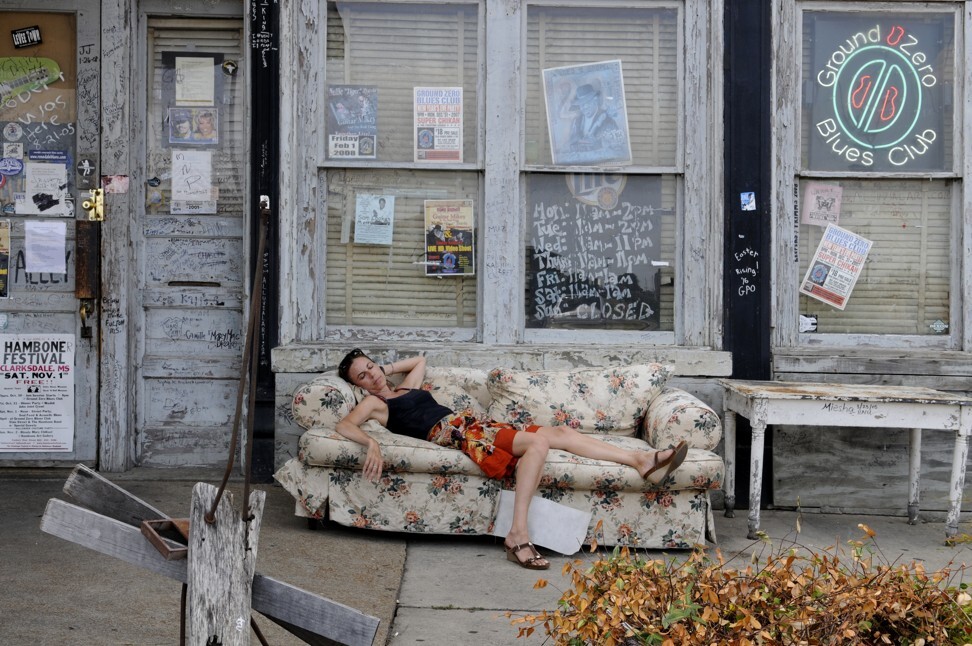
A more distant prospect in all respects is my next Sazerac, in the French Quarter of New Orleans. I can’t remember which bar I ordered the last in – there were several, and it’s that sort of town. But the Sazerac is one of the few drinks you can get there served in a glass rather than a plastic cup. Most cocktails you are expected to stroll out of the bar and sip while wandering down the street, but that one is New Orleans’ own, and one to sit and linger over.
All things considered, it possibly is often better to travel hopefully than to arrive. But if the right drink is waiting for you at your destination, perhaps not necessarily so.

